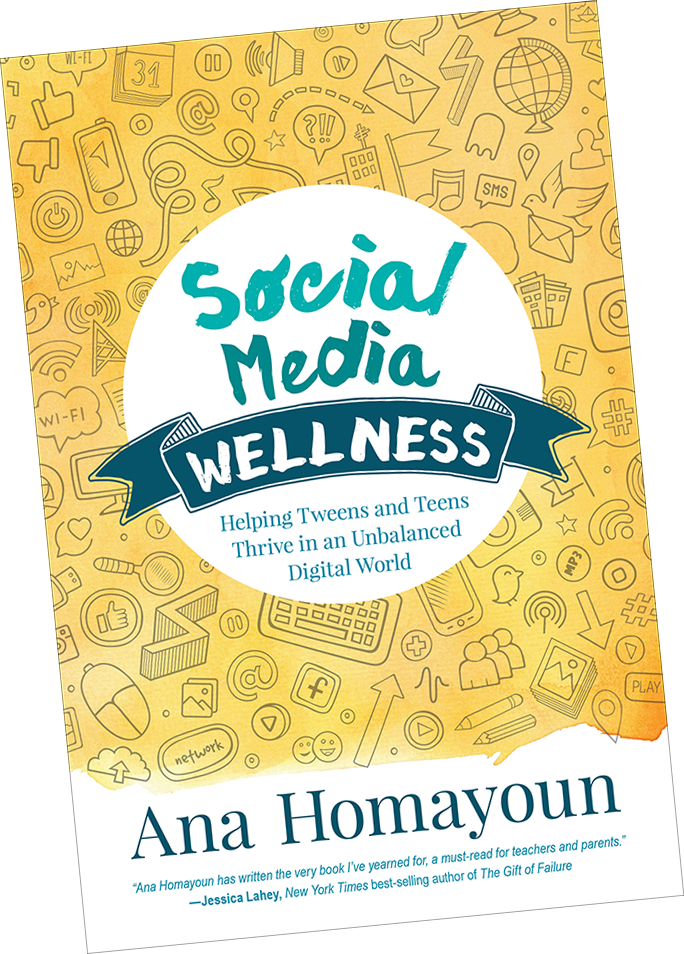As parents, we all want to be able to protect our children from the world and make sure they grow up with confidence, self-awareness, and great interpersonal skills. As a parent, I want to make sure my little girls grow up nurtured and loved, and although a little bit sheltered because realistically I want them to be safe from traumatic and damaging experiences. Some of the most used applications that I discussed with my high school students recently involve the ever-popular, Facebook, Snapchat, and TikTok, all of which involve the opportunity to connect and interact with peers and others.
Facebook:
What is it? Facebook has been around for the longest and acts as an online connection to people, places, and events. There are so many uses for Facebook including sharing posts, photos, websites, and videos. People can create events, tag each other in any of the different mediums shared.
When allowing a child to use social media such as Facebook it is often a good idea to maintain open communication about expectations you have with your student and how they interact with others online. Your student will want to maintain good privacy settings, talk them through setting them up, talk to them about monitoring who and what they are tagged in on Facebook. Future schools and employers look at social media accounts when accepting and hiring. Help them not share personal information that others could potentially use against them.
Snapchat:
What is it? Snapchat is a more creative approach to sharing photos and videos, where you can directly send one of these media and then your connected friend who views it only has a certain amount of time to see the pic or vid. There are filters and voice modifiers to make interacting fun and entertaining, and a way to create a story in one’s profile that shares a day's events, only for twenty-four hours.
Help your student by setting the expectation that they must adhere to family rules and etiquette online. Snapchat can be potentially damaging when pictures and videos are shared from one phone to another. Something that was meant to be private could be shared with others and the world. Parents should talk to their students about the importance of privacy and not adding people to their Snapchat friend list who they do not know.
TikTok:
What is it? Tiktok has been a newer invention and allows users to create mini-videos, about 15 seconds and string four videos together for a maximum of 60 seconds in a story. The videos can be spliced together with friends, have added Augmented Reality features and incorporate music from around the web. Tiktok allows it's users to add friends, curate their videos and liked videos to share with those they connected with.
Parents can help their students by making sure they understand friending random people can be dangerous and potentially expose them to unwanted videos. Students should have good privacy settings so not everyone can see their videos, and make sure they are using the app in an acceptable way that their parents agree on.
Using good common sense to help guide your own student in this world can help keep everyone safe. Young adults are looking for connections and finding them all around the world in the apps that they use. A simple way to keep your teenager safe online is to talk with them and set the tone for them to be able to come to you and speak about any issues.
During an online course, I was tasked with reading Social Media Wellness, by Ana Homayoun. If you would like more information on how to connect with your teenager about social media, I highly recommend this book!
Friday, August 23, 2019
Friday, August 2, 2019
ESL 509 - iTunes U Blog Reflection
Another great investigation for my ESL 509 course led me to find a great iTunes U ESL Course. The Bellmore-Merrick Central High School District in Long Island, New York put together a great set of course materials to review ESL students and some best practices to work with English Learners. The first video really sets the tone and challenges the staff to break the stereotypes of many culturally different students. The course has great videos made by students and also example projects by students that can be used in the classroom.
There are six videos, two images, eight weblinks, and six articles to read and engage anyone using this course. I like the diverse uses of media and the use of writing prompts to help share the learning in this iTunes U Course. There is a lot that can be learned from this course and I think it is great that it was put together by a teacher and her actual class. This format can have a lot of potential for life-long learning from the students about how media can teach others, and how to use the different technologies themselves.
There are six videos, two images, eight weblinks, and six articles to read and engage anyone using this course. I like the diverse uses of media and the use of writing prompts to help share the learning in this iTunes U Course. There is a lot that can be learned from this course and I think it is great that it was put together by a teacher and her actual class. This format can have a lot of potential for life-long learning from the students about how media can teach others, and how to use the different technologies themselves.
Labels:
#edTech,
Digital Media,
Discussion,
EL Learners,
ESL,
ESL509,
iTunes U,
Learning
Subscribe to:
Comments (Atom)

:max_bytes(150000):strip_icc()/GettyImages-586113582-587422f63df78c17b65ea081.jpg)


